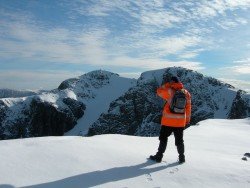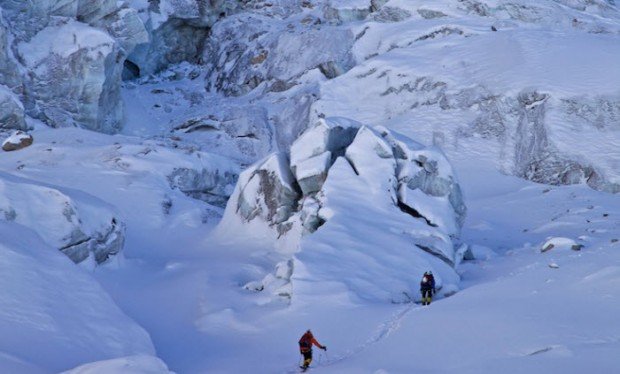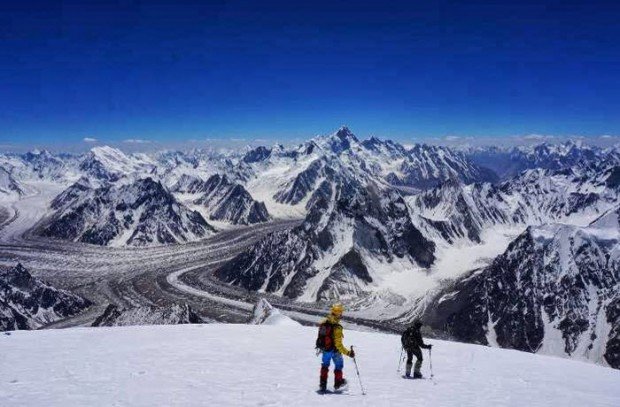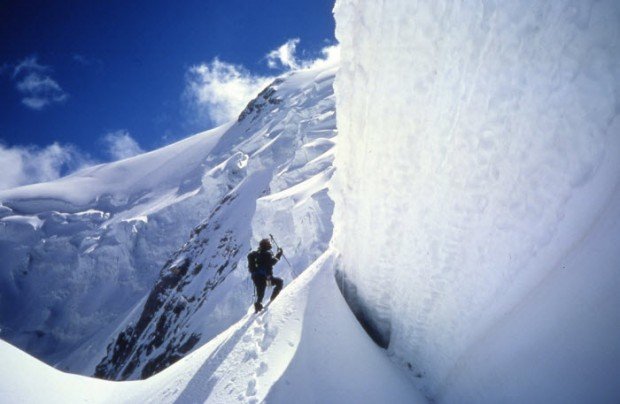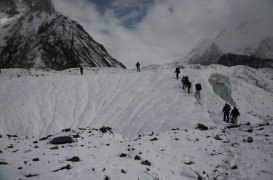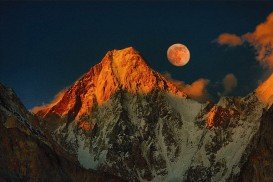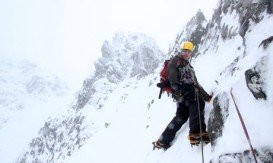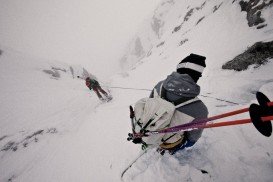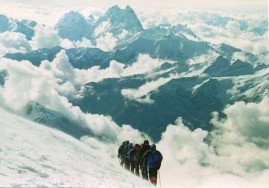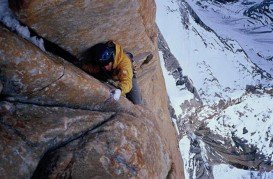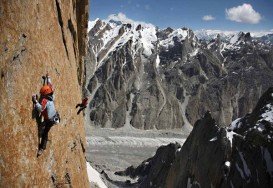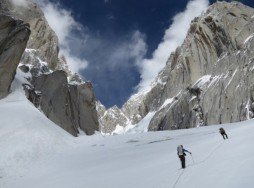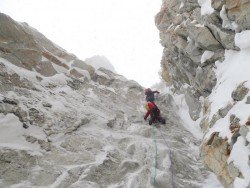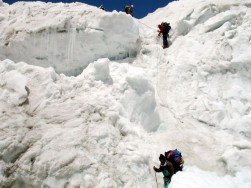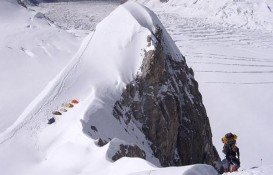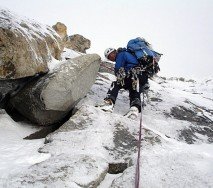Nanga Parbat is the second highest mountain in Pakistan and the ninth highest in the world. Its location is in the Gilgit - Baltistan region and is known by the locals as “Deo Mir”. Nang Parbat is the western anchor of the Himalayas around which skirts the Indus River before debouching into the Pakistan plains.
Steeped in a history matched by a few others in Asia, Nanga Parbat has staged some of the greatest Himalayan ascents of all time.
Since the first solo ascent by a daring climber in 1953 via the upper North ridge to Gunther and the first ascent of the Rupal Face in 1970 via the South South East Spur, there has been another solo climb in 1978 of the Diamir Face to the more recent alpine-style ascent of the Central Pillar of the Rupal Face.
Nanga Parbat is truly an awesome spectacle. Its south face is the largest in the world and extends over 4 km/2.8 mi above the base camp. From the south, only 5 ascents have been accomplished. The literal translation of Nanga Parbat is Naked Mountain and it refers to the south face’s exposed rock buttresses.
Equally intimidating is the north face. The snowy north face in contrast to the icy and steep rock south face, is guarded by a broad barrier of seracs, extending to the mountains width. Before Second World War, climbers thought that the only way to climb this mountain was from the north via a long arc that was extending over Rakhiot Peak, between the two summits of Silberzachen and finally reaching the summit of Nanga Parbat.
This route was dangerously prone to avalanche and very exposed to bad weather. 31 people died in their attempt to climb this route, lending the notorious reputation name of Killer Mountain. Today, the most known routes of the Nanga Parbat are divided by the mountains faces.
Three faces exist on Nanga Parbat with three long ridges dividing them. The most popular face, counting most of the climbers attempts is The Diamir (west), while very few climbers attempt the huge Rupal (south face). Sporadic attempts over the years are made onto Rakhiot (north) face with only two of them being successful ones. Three extensive ridges exist between the vast faces.
The Mazeno Ridge divides the Diamir and Rupal Faces. It is a long ridge that descents to Siberzacken first, then to Rakhiot Peak and last at Chongra Peaks.
The Diamir and Rakhiot are divided by a ridge which descents a short distance from the main summit of the Nanga Parbat north and then continues to descent to Ganalo Peak. Address to the local schools for more information on how you can test your mountaineering skills on Nanga Parbat.
